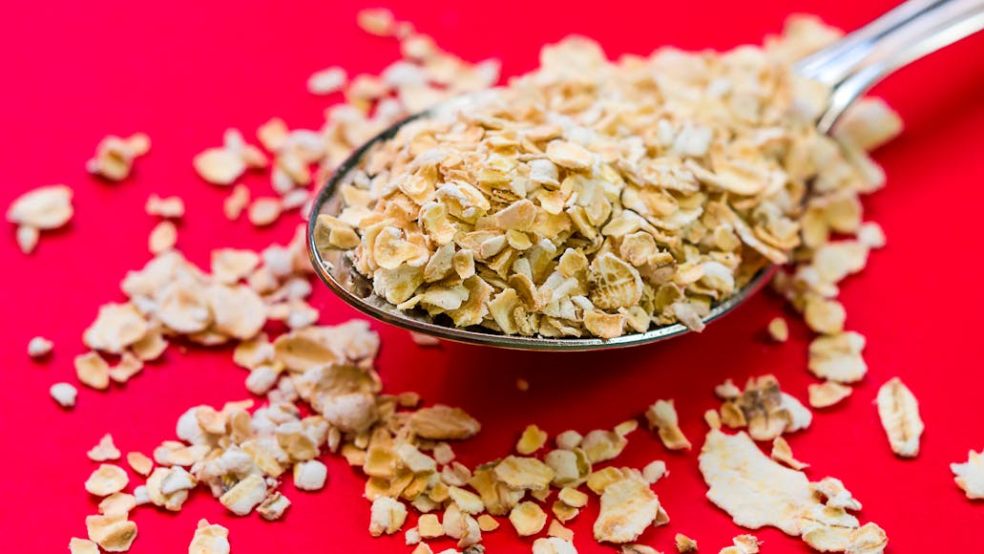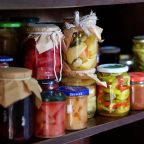
What is fibre? What does it affect?
Fibre is one of those concepts that appear in conversations about food, but often without deeper understanding. It is obvious – it is worth eating. But why? And where exactly to look for it? Learn more about it!
Unprocessed, but necessary – what is fibre?
Fibre is a plant fibre that our body treats quite indifferently – it does not digest it, does not absorb it. It passes through the digestive system practically unchanged. From a calorie point of view, it does not contribute anything. But it is thanks to it that the digestive system works efficiently, and the intestines are not “dormant”.
It is divided into two types – the one that dissolves in water (acts like a gel, binds acids and sugars) and the one that remains hard and works mechanically – like a natural brush for the digestive tract. Both are necessary.
What does fibre actually do?
A seemingly trivial question. But the more you delve into it, the more you will appreciate its importance.
Helps digestion
Constipation, a feeling of heaviness after eating, flatulence – often it is enough to increase the share of vegetables and whole grains to notice the difference. fibre speeds up peristalsis, increases the volume of fecal mass and regulates the rhythm of bowel movements.
Affects sugar levels
Some fractions of fibre slow down the absorption of carbohydrates. Thanks to this, glucose levels after a meal rise slower, and you feel more stable – without sudden hunger attacks or fatigue.
Has a satiating effect
Products rich in fibre are often simply more substantial. You don't have to reach for supplements – just eat consciously. A few spoonfuls of oatmeal, a portion of groats or a decent salad – and the feeling of hunger disappears for longer.
Takes care of the microbiota
fibre is an excellent nutrient for “good” bacteria in the intestines. Thanks to it, the intestinal flora is doing better, and consequently – the immune system too.
Where to find fibre?
The best sources are easy and accessible to everyone. You don't have to change your entire menu right away – just a few modifications.
- Vegetables – especially raw and eaten with the skin (e.g. carrots, peppers, beets).
- Fruit – apples, pears, plums, berries. It's always better to eat them whole than to squeeze the juice.
- Cereals – oatmeal, thick groats, wholemeal bread, bran. The less processed, the better.
- Legumes – lentils, peas, chickpeas. Good for soups, pastes and one-pot dishes.
- Nuts and seeds – almonds, linseed, pumpkin seeds. They are even good as an addition to yogurt.
It's not about counting grams. It's more important to have fibre every day – something raw, something made from whole grain, something natural with every meal.
How to start introducing fibre?
There is no single recipe. For some, it will be changing bread to wholemeal, for others – adding a handful of vegetables to each dish.
- Instead of juice – whole fruit. And it is best to eat them with the peel.
- Instead of cornflakes – oatmeal with water or plant milk, with added fruit.
- For lunch – raw salad with sauerkraut or carrots.
- For dinner – a slice of wholemeal bread with bean paste instead of a classic ham sandwich.
And most importantly – drink more water. Without it, fibre can do more harm than good.
Eat well, feel good
You don't need a big revolution or miracle diets. Just a few more vegetables, whole grains, fewer ready-made products from the shelf. And consistency – not for a week, but every day, a little bit at a time.
If you are looking for products that really support healthy food choices – without any frills, but with a good composition – check fibre supplements at 4ecoshop website. There you will find ingredients that help you eat normally, yet better.













